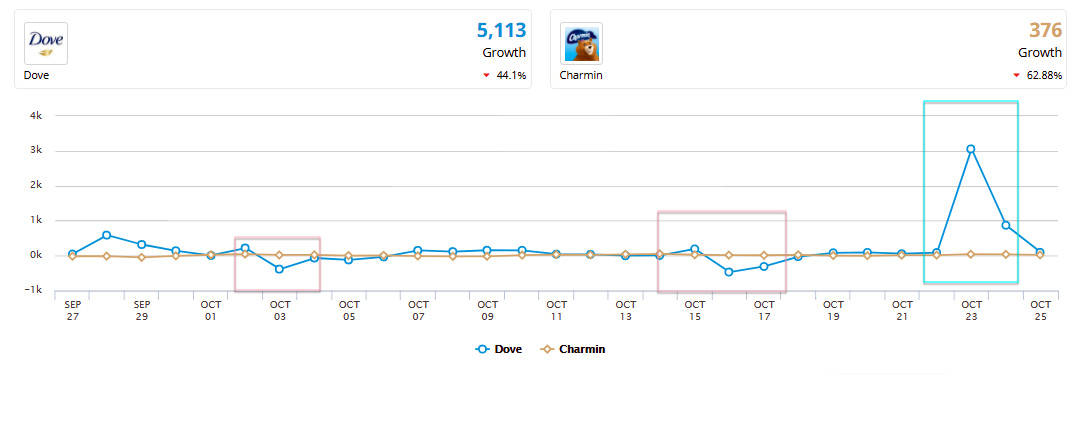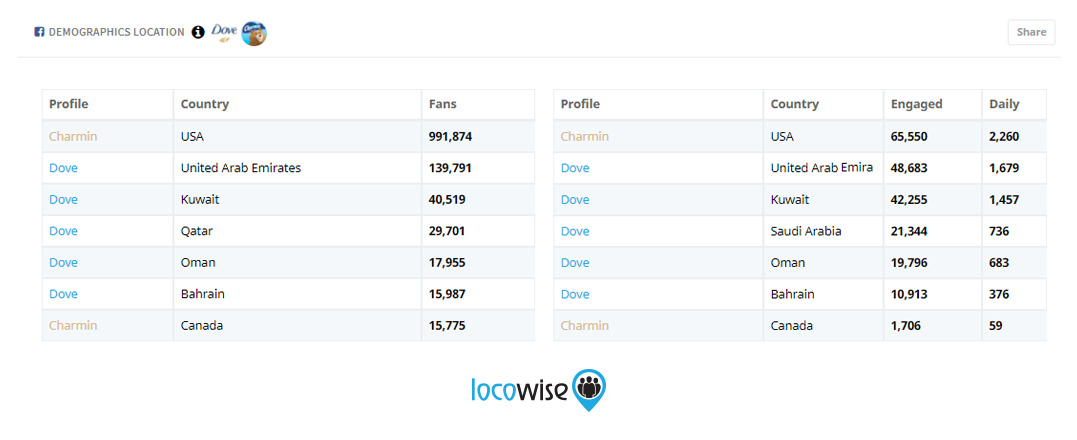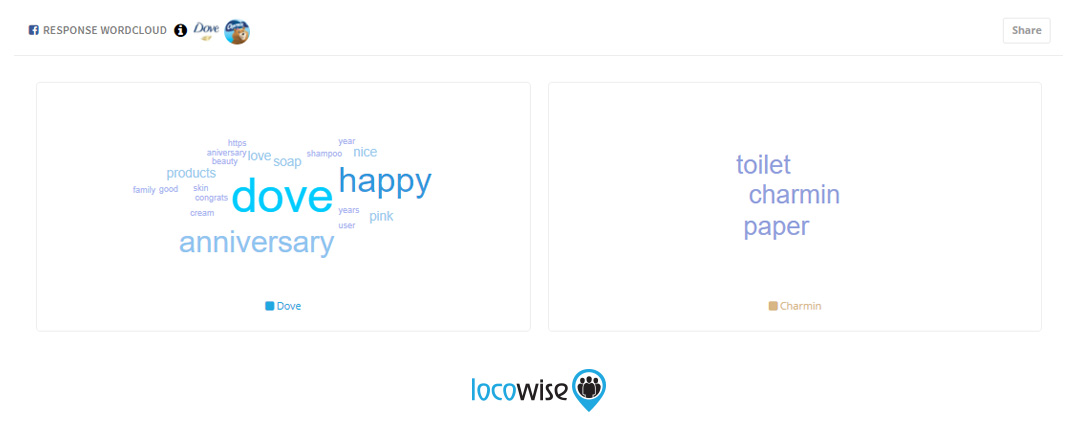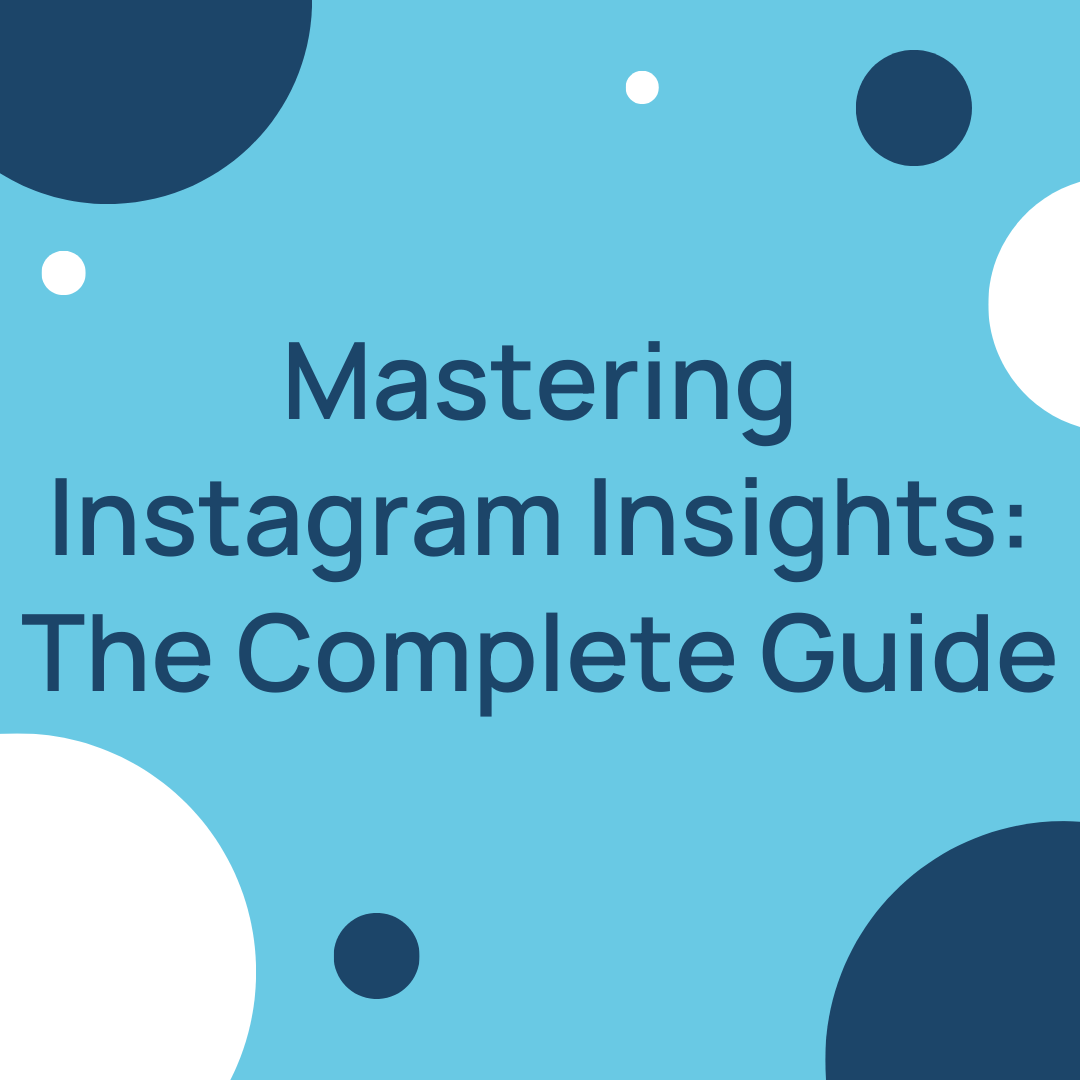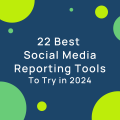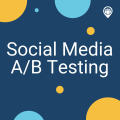The Top 3 Personal Care Brands On Facebook
Ivan Ivanov posted on 16 November 2017
There is a common saying that everyone and their grandma is on Facebook. And with more than 2 billion active users on the platform (and 1.3 billion using Facebook Messenger), this is not far from the truth.
As expected, what stands true for people often is just as true for industries and brands.
Back in July, we took a look at some of the ways different brands implement images for their Twitter social media marketing strategies.
One of the more interesting things we found is that even some surprising brands, such as the one for the toilet paper Charmin, were doing quite well on social platforms.
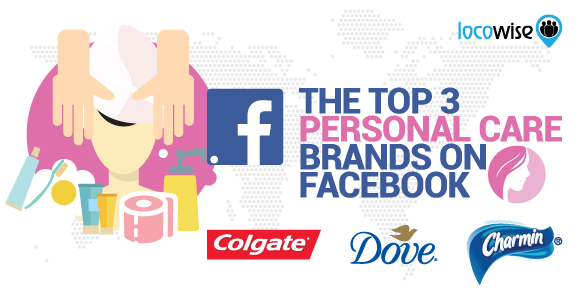
Armed with a ton of curiosity and over a dozen different Locowise tools to measure analytics, we decided to check just how good personal care brands are when it comes to Facebook. Thus, in hopes to inspire you for your own social networking campaigns, here is the obscure world of personal hygiene products on Facebook.
#ColgateSmile – Brush your Teeth with Colgate!
The first brand we decided to take a look at is Colgate. A famous oral health brand, Colgate is one of the biggest companies on social media that is related to personal hygiene. And checking out their Facebook feed, they seem to pretty much have all the bases covered.
For starters, they take a note of every possible event they can linger to. We didn’t even know that such a thing as “oral health day” exists, but apparently, they did. And this is a point every brand should take a note of. When doing your social media strategy, make sure to put up “check for related national/world events” on the list.
With the Internet, there is a pretty much a different celebration every day, so knowing which hashtag to put when and preparing content for a particular occasion related to your industry is a must.
The second item Colgate has checked off their list is having a celebrity promote their product. In fact, Michael Phelps is their brand ambassador, so the content they feature on Facebook with him is just on-spot. We know that Colgate is a huge brand, but even if you are a smaller one, make sure to put emphasis on the people behind your brand.
Do you have a brand ambassador? Use them in your content. If not, make sure to consider hiring a celebrity or a social media influencer to promote your brand. This can have a huge positive impact on your overall strategy.
Last, but not least, Colgate knows how to play around hashtags and community-driven content. A simple hashtag of the likes of “#ColgateSmile” helps push the brand forward by allowing people to express their innermost feelings of a proud white-teeth smile under the brand.
Of course, not everything works in favor of Colgate. In fact, the company has a pretty low average ER, primarily due to the fact that they post extremely irregularly. Nevertheless, they are certainly a nice example of how even a toothpaste personal care brand can rule a Facebook social media marketing strategy.
Do They Even Get The Internet? – Dove
There is no such thing as bad press, right? Well, Dove are either taking the statement too literally and are trying to go for controversy to be in the headlines. Or they just don’t take the internet.
After the clear-cut and on-point social media strategy of Colgate, we couldn’t help but take a look at the messy case of Dove. A brand for personal hygiene that has a range of different products, including soaps and shampoos, the brand is pushing a social media strategy that promotes diversity and different body shapes. But the way they do it isn’t particularly self-aware.
As we’ve previously discussed, Dove was surrounded by controversy with their body-shape marketing promotion that featured ridiculously unnecessary different-shaped shampoo bottles.
But in the beginning of October, the company pulled another social media stunt, this time on Facebook. The post was meant to promote their soap with the idea that should have expressed diversity by featuring women of different color and race. Instead, as the Internet quickly noted, things could quickly be taken out of context, as an African American woman was taking her shirt off, becoming white in the process, in a promotion for a soap.
But of course, not everything that Dove does on social media, Facebook in particular, is controversial. Being a multi-billion dollar worldwide brand, it’s no surprise that the company has a marketing team that can pull-off celebrity filed campaigns such as “Real stories, real beauty”
Plus, the company does seem to get that Facebook is sometimes used for long text-posts over-explaining simple mistakes.
So that’s a plus. Right?
Charmin
Of course, it wouldn’t be a list of personal hygiene products on social media, without mentioning Charmin. You’d be right to suggest that the brand is one of our favorites, primarily due to the fact that they manage to make even a product, such as toilet paper, work and be interesting for people on different social media platforms.
A playful brand, Charmin does know how to take advantage of pop-culture and events. Checking out their Halloween post, you’d quickly see that the brand doesn’t try to stand out as something it’s not. In a sense, it is toilet paper, but toilet paper has multiple purposes, especially when Trick or Treating.
Another thing to note about the brand is that they are familiar with what’s happening in their industry. And this is not a joke. Rather than trying to bore people with competitive content that is related to the personal hygiene world, the brand focuses on posting content that is related to the use of the product. Plus, they do have a sense of humor.
But of course, the real world is not always fun and games. This post from Charmin just goes to show that the brand is aware of this fact and they are able to quickly respond in a timely and relevant manner to whatever’s happening in the world that just can’t be avoided.
What does the data show?
Who’s to say that data can’t be fun? And while there isn’t a lot on offer here, due to the inconsistency of all three brands on Facebook and the irregularity of their posting, we did manage to note a few humorous insights when comparing Dove to Charmin.
To start off, both brands do seem to have a relatively similar audience growth. This is surprising having in mind the size of Dove’s audience compared to Charmin’s. Plus, during the month of October, the toilet paper brand posted only 2 times, compared to the 7 times of Dove. Plus, Dove did take a few noticeable dips with one huge spike at the end of the month.
Taking a look at their audiences, we can see something that is pretty clear and consistent with big brands such as Dove. While Charmin sticks to one global page for their brands, Dove do have a lot of region-based pages in NA and Europe, leaving the global page to be accessible to other countries.
The top audience members from those countries come from UAE, Kuwait, Qatar, Oman and Bahrain. Considering the dove’s racial mishap, we found the fact that the ad was posted only on their NA and Europe pages quite humorous.
But what’s even better is the word cloud of both brands. The playful nature of Charmin, compared to the strict social media campaign of Dove is reflected in the three simple words that define Charmin. At the same time, Dove is surrounded by a ton of positives, so it seems like the bad-press strategy might also be working in the brand’s favor. Or just as with anything else, the internet is just quick to forget! What do you think? What’s your take?
Want to have access to the same Facebook data presented in your neat style? Want to easily make your own reports? Make sure to sign-up for a free 7-day trial of Locowise today.

